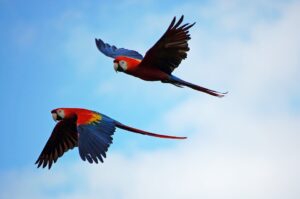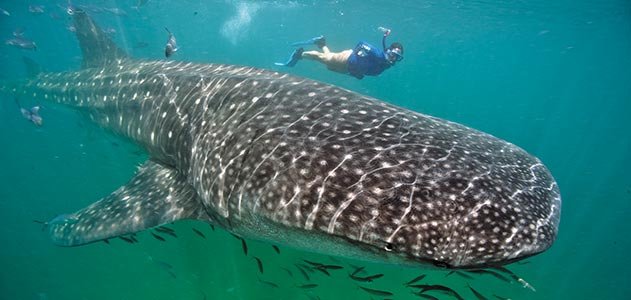The Maya Ruins of Caracol
Caracol is one of the most interesting and well-preserved ancient Maya sites in Belize. Previously known as Uxwitza (“Three Water Hill”) to the ancient Maya, the current name of the site was coined in 1938 when the local British head archeologist dubbed it Caracol (Spanish for “Snail Shell”) on account of the curving access road that leads to the site.
Far bigger than even Belize City, Caracol once housed up to 180,000 people at the height of the city’s power. Caracol dominated the ancient Maya geopolitical world, variously allying or fighting against other city-states, including Naranjo and the UNESCO World Heritage Site of Tikal that is currently located just across the border in neighboring Guatemala.
The most famous building in Caracol is the Canaa (“Sky Palace). An enormous period that contains four palaces and three temples, Canaa is still the tallest building in the country at 141 feet (43 meters) high. Other important buildings and items discovered in Caracol include 24 religious altars, three large ball court, five big plazas, 24 carved stelae, reservoirs, causeways, and a very advanced astronomical observatory. A total of 35,000 lesser buildings have also been identified in Caracol along with more than 100 tombs.
Due to its enormous footprint (some 75 square miles), much of Caracol is still awaiting further excavation. A 2009 aerial survey was used to create a 3D map of how the city stands, including large sections of causeway and agricultural terraces that still lie buried in the jungle. The remote location of Caracol in the foothills of the Maya Mountains in southwest Belize also add to the difficulty of performing large-scale archeological work.
Caracol rose to the height of its power during the Maya classic period but the city seems to have been abandoned around the year 1050 for unknown reasons relating to the wide scale collapse of Maya civilization in the area. Once reclaimed by the jungle, the city was accidentally rediscovered in 1938 by a local logger named Rosa Mai who was in the area searching for mahogany trees.
Today, Caracol is located approximately 25 miles south of San Ignacio in the western Cayo District of Belize. The site of Caracol is within the Chiquibul Forest Reserve and is surrounded by both primary and secondary tropical rain forest. The abundance of carved stelae, altars, markers in ball courts, walls, and capstones have allowed archaeologists to accurately document the history of the city, including a monumental military victory of Tikal in the year 562 AD.













